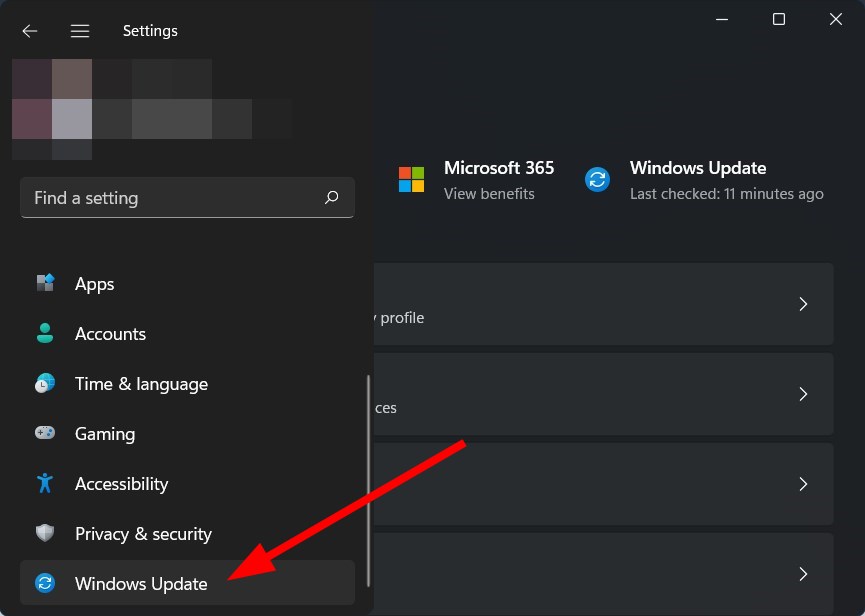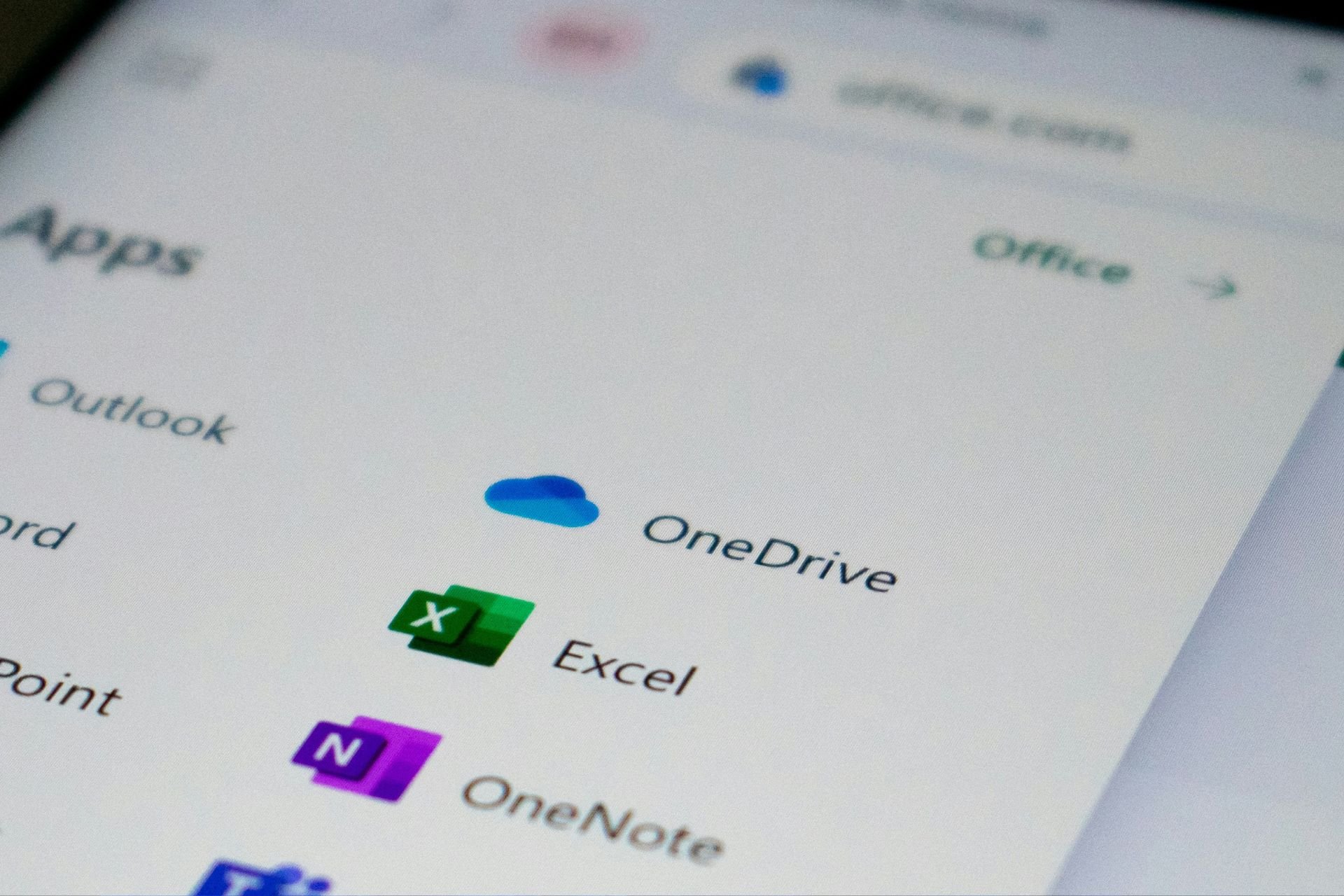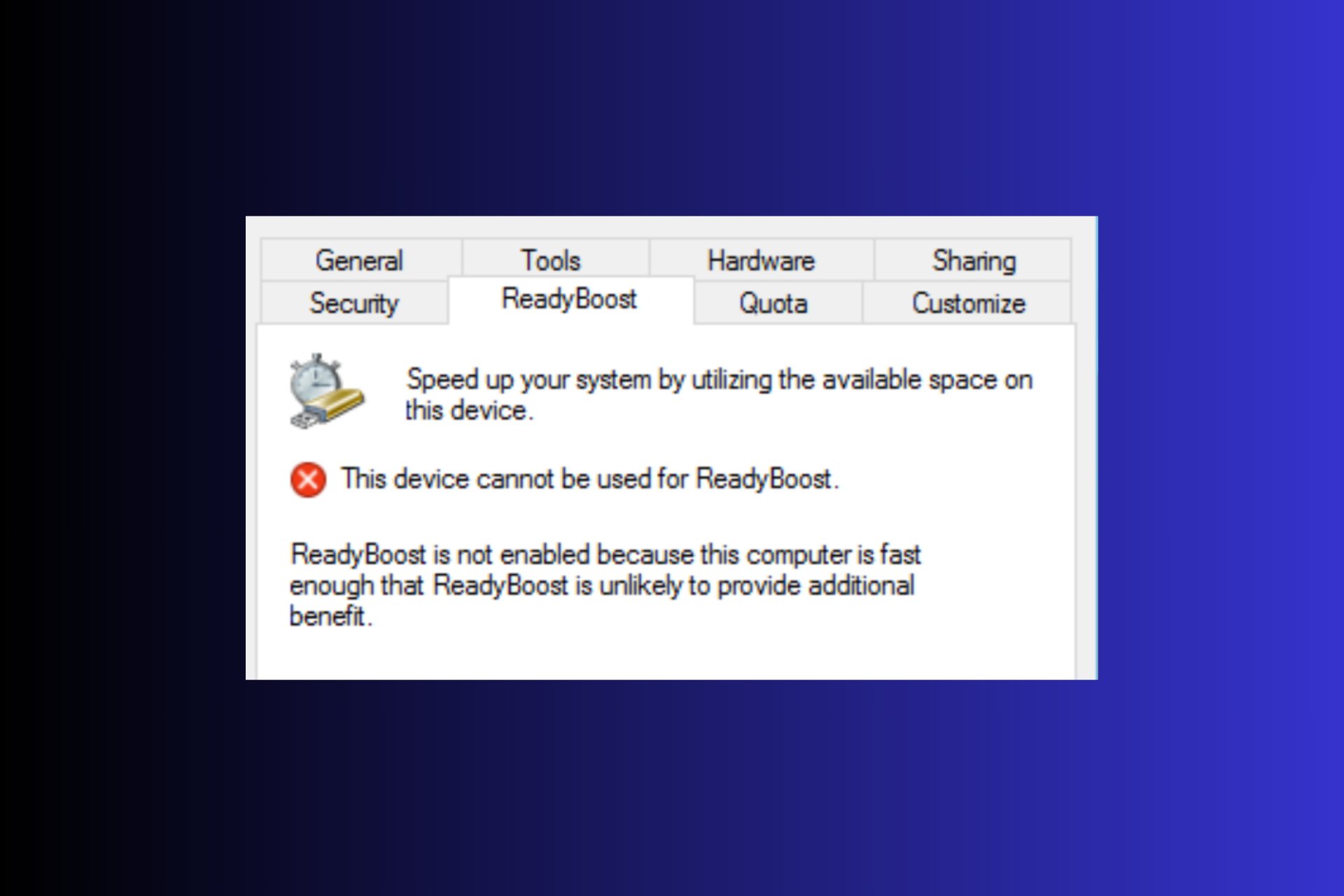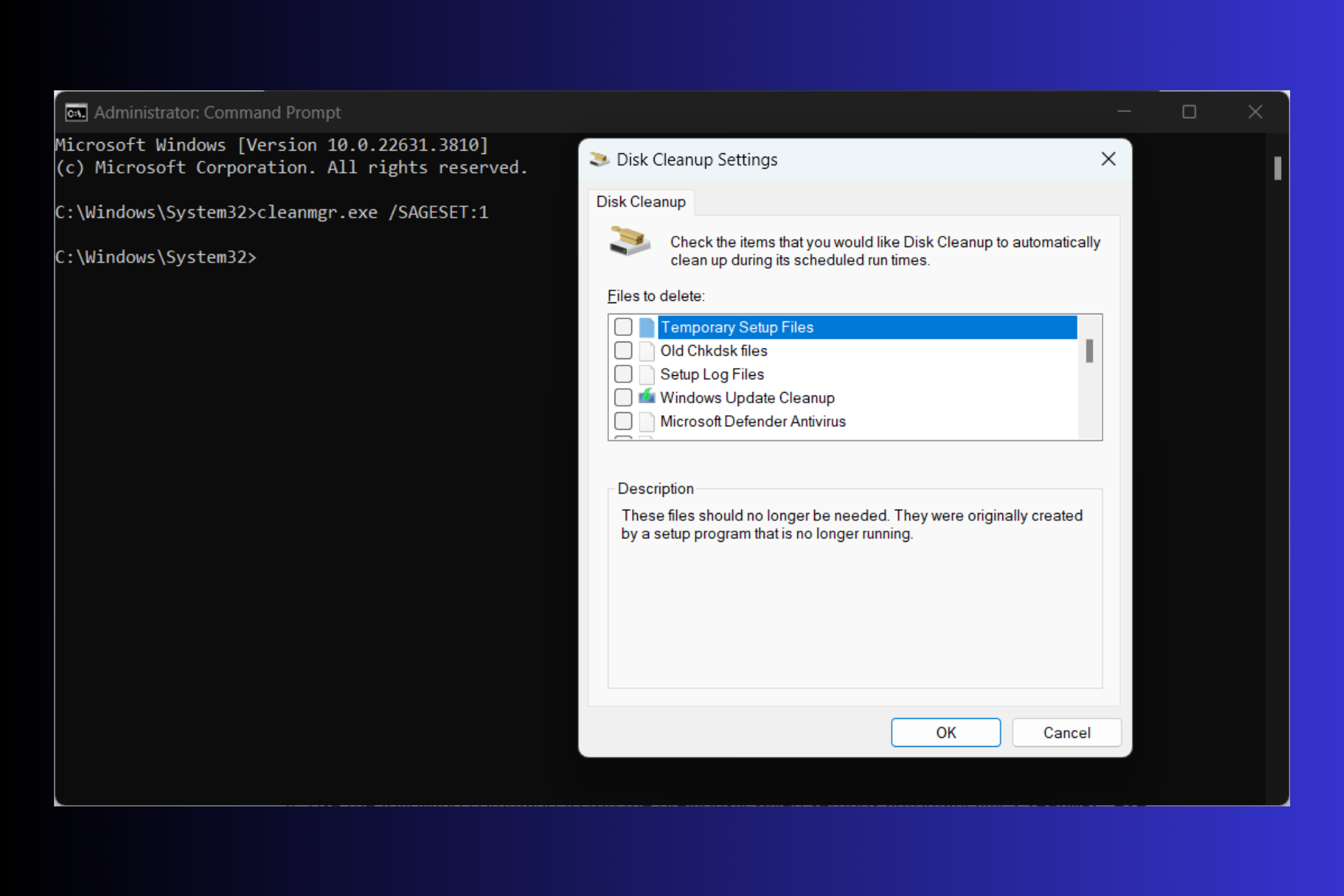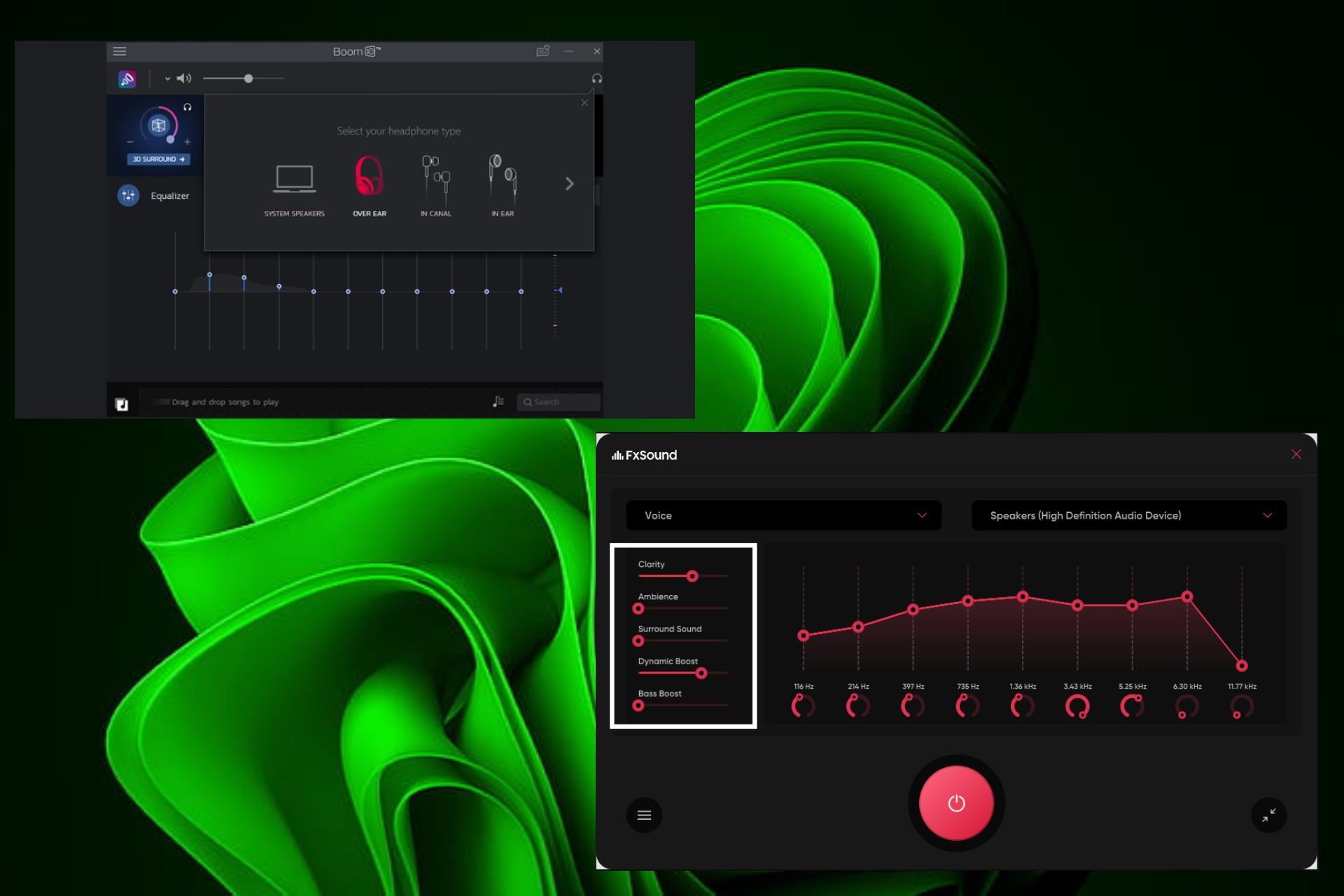Everything you Need to Know About Eversend Scam Verification Email
Recognize scams or phishing with ease
8 min. read
Updated on
Read our disclosure page to find out how can you help Windows Report sustain the editorial team Read more
Key notes
- Eversend is a very popular multi-currency money transfer platform used by millions across the globe.
- While the app is pretty easy to use, there are numerous reports of people receiving Eversend scam emails asking for their personal information even though they don’t use the app.
- This guide includes all the information you would need to know about the Eversend scam and also ways to protect yourself from such attacks.

Since everything is now global, you can work from the comfort of your desk for a company that is not located in your home country.
And in order to receive payments, you have the option of using different money transfer options such as Eversend.
Eversend is one of Africa’s biggest money transfer platforms. It is an all-in-one borderless money app to make money transfers, pay bills, save or exchange currencies, shop online using an Eversend virtual debit card, and much more.
It has a huge userbase, all thanks to claiming to provide the best currency rates compared to other banks and wire transfer methods, Eversend has become hugely popular.
However, in recent times, several people have claimed to have received the Eversend verification email. The strange part is that the people who have received this verification email aren’t even users of the Eversend platform.
After careful research, it was found out that this is all part of the Eversend scam email phishing done by hackers to steal important user information.
But there’s more to it, and that is exactly what we will be discussing in this guide. We will talk about the Eversend scam and how you can take charge and protect yourself from such phishing scams. Let us check out the guide itself.
What is Eversend and how does it work?
Eversend is a money transfer platform. You can use its app and easily transfer money from mobile to mobile, with no fuss.
All you need to do is download the app from either the Play Store or App Store, install it on your phone, get the verification done, and that’s it.
You need to load your Eversend wallet in order to transfer money or pay bills. It supports cards such as Mastercard, Visa, and Maestro.
The best part is that you can send money from Eversend to a person who doesn’t have an Eversend account. You can make use of money accounts such as M-Pesa and Airtel Money to transfer the funds.
However, the main part here is verification. It is very important for a user to verify themselves in order to use Eversend.
Once you have registered with Eversend, below are the details and information you need to provide to verify yourself:
- You should be 18 years or above.
- A photo of a valid government-issued ID. This could be your passports, national IDs, or driver’s licenses. You can’t use a hospital card, loan card, or student ID for verification.
- A video of your face.
What is the Eversend email verification scam?
There are not one or two but several hundreds of user reports regarding Eversend email verification scam. This issue is also not very new and has been reported for quite some time.
Hackers reportedly send a verification email to the target user and ask them for details on opening an Eversend account.
This is a true fact that not everyone is technically sound and knows how to deal with such phishing scams. Affected users also mention that there is a suspicious link in the email that asks them to click so as to input the code.
Upon clicking this link, for some users, it redirects them to a fishy website and steals their account credentials, along with personal and financial information.
While for some users, a malicious website with the same interface as Eversend opens, which bluffs the user into entering their account credentials, and ultimately stealing their money.
The worrying part is that almost all users who have received Eversend scam emails are not users of the platform. This means that someone else, or a hacker, is using the target user’s email ID and scamming them in the hope of getting their financial details.
Some have also reported that the email tricks them into clicking the email to receive a gift, but in reality, it contains viruses, malware, and spyware.
How can I recognize scams or phishing?
Scam or phishing emails or messages most commonly ask you to send in your personal details and financial information.
The email or text may ask for your credit/debit card number, your password, your account number, your Social Security number, etc.
Moreover, phishing or scam texts or emails, like the Eversend scam, may look like they are from a company that you know or trust.
Scam emails offer you a story, which is pretty similar to all scams, and try you into clicking a link or opening an attachment. According to Federal Trade Commission Consumer Advice, the emails may say:
- They’ve noticed some suspicious activity or log-in attempts
- Claim there’s a problem with your account or your payment information
- Say you must confirm some personal information
- Include a fake invoice
- Want you to click on a link to make a payment
- Say you’re eligible to register for a government refund
- Offer a coupon for free stuff
The above are not all the signs that can help you detect phishing or scam, but are some of the most common practices, hackers do to get hold of your personal details.
Now that you have some idea about how you can recognize scams, like the Eversend scam email verification, let us take a look at how you can safeguard yourself from such scams.
How can I protect myself from Eversend scams?
1. Keep your account passwords different
Often, because of laziness or something else, we always keep the passwords to all of our accounts the same or something very similar.
While this is good practice, you may forget the password if you keep on using a different one for each account. That is where you become more vulnerable to such attacks.
If you can’t remember different passwords for different accounts, then you can make use of password managers that can help you store different passwords for different accounts.
Moreover, they also come with a feature that will generate a different and difficult password for your account, and everything is stored behind a single password. So, all you need to remember is the single password for the password manager, and you can access all of your passwords.
If you are confused about which password manager to go for, we have got you covered. You can check out our guide on the best password managers you can use on your Windows PC.
2. Use a security software
The best way to protect your personal data from being hacked is to use security software. There are tonnes of antivirus software available on the internet.
We have a list of the best security software that you can install and keep yourself protected. Not only the software protects you from security threats but also gives you critical protection updates.
A great alternative would be to install a comprehensive antivirus that will guard you from elaborated phishing attacks or scams.
ESET HOME Security Essential is your key solution for scam protection due to its anti-phishing smart tools, advanced security for banking data, the Exploit Blocker to prevent attacks on your browser, and many more.
Plus, you get a defense against new emerging threats for different devices like Windows, Android, or macOS.

ESET HOME Security Essential
Get this malware and ransomware security and protect sensitive banking data on Eversend platform.3. Keep your system up to date
- Press Win + I to open Settings.
- From the left pane, select Windows update.
- Hit the Check for updates button.
- Your system will check its servers for a new update and if found one, will prompt you to install it on your PC.
Whether you use a smartphone or a PC, you should keep your device up to date with the latest available software version installed. The latest updates not only bring new features for the device but also bring critical security features.
3. Use multi-factor authentication
Another way of protecting your accounts and personal data is to make use of 2-factor authentication or multi-factor authentication wherever the feature is available.
There is another layer of protection over your credentials where you are required to enter two or more credentials in order to verify access to your account.
If someone, tries to hack into your account, then it will immediately send you a warning message that someone tried to log in. If that is not you, then you can immediately secure your account.
4. Contact Eversend support
If you have received a Eversend scam email that you are sure is not because of your activity on the platform, then you can immediately contact Eversend customer support.
You can get in touch with Eversend support at [email protected]. In the case of any fake (phishing) emails, purporting to be from Eversend, you can contact Eversend at [email protected].
What can I do if I didn’t get verified the first time?
There is a chance that you have received an Eversend verification email because you weren’t actually verified the first time you performed the process.
After checking the email’s legitimacy, you can do the below mentioned things to get your account verified.
- Check if the information entered by you matches the uploaded photo ID
- You can only create an account for yourself and not for a third party
- One or both photos were blurry; try retaking photos
- Submit the eligible government ID
- Follow the KYC instructions carefully
There you have it from us in this guide on Eversend scam. If you have also received a scam email from Eversend, then you can follow the tips mentioned in this guide to safeguard yourself.

